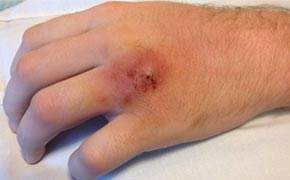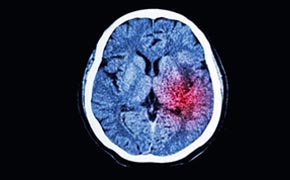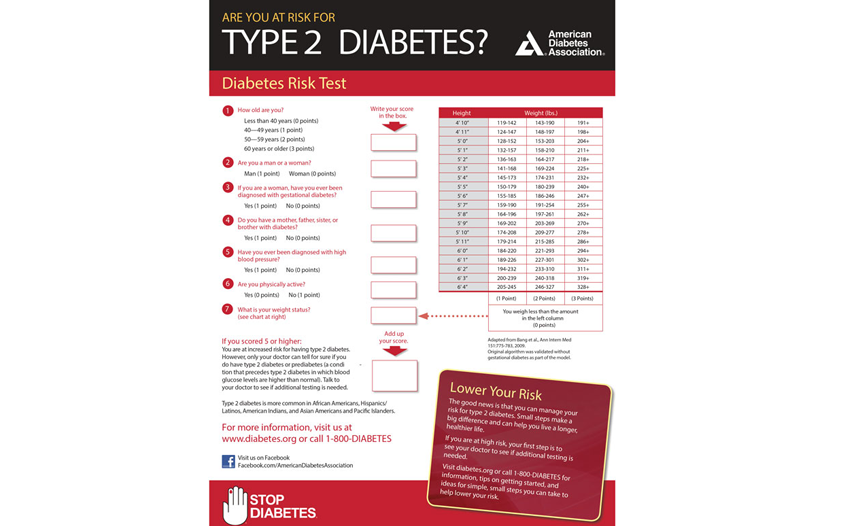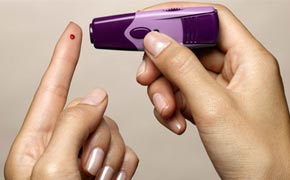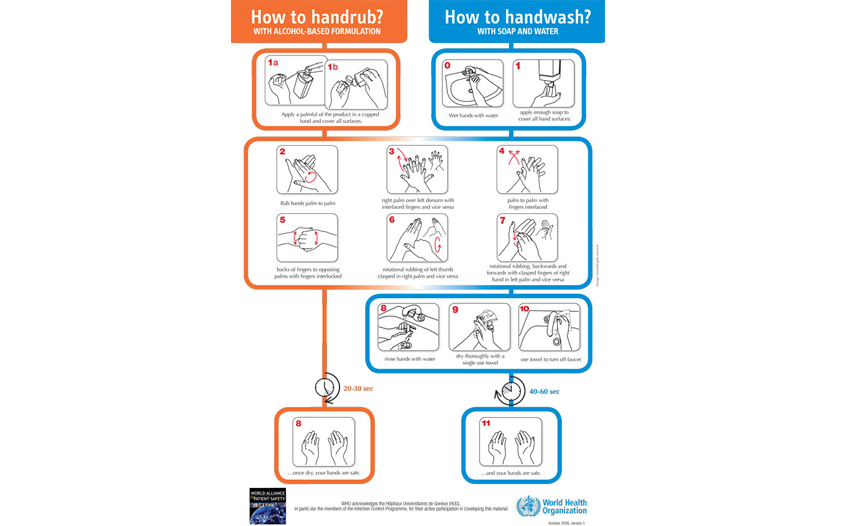MRSA is methicillin-resistant Staphylococcus aureus, a type of staph bacteria that is resistant to several antibiotics. In the general community, MRSA can cause skin and other infections. In a healthcare setting, such as a hospital or nursing home, MRSA can cause severe problems such as bloodstream infections, pneumonia and surgical site infections. For more information visit MRSA in healthcare settings.
Anyone can get MRSA through direct contact with an infected wound or by sharing personal items, such as towels or razors, that have touched infected skin. MRSA infection risk can be increased when a person is in certain activities or places that involve crowding, skin-to-skin contact, and shared equipment or supplies. This might include athletes, daycare and school students, military personnel in barracks, and people who recently received inpatient medical care.
Anim pariatur cliche reprehenderit, enim eiusmod high life accusamus terry richardson ad squid. Lorem ipsum dolor sit amet, consectetur adipisicing elit. Quia, quae, fuga!
There are the personal hygiene steps you can take to reduce your risk of MRSA infection:
-
Get care early if you think you might have an infection.
-
Avoid sharing personal items such as towels and razors.
-
Keep cuts, scrapes, and wounds clean and covered until healed.
-
Maintain good hand and body hygiene. Wash hands often, and clean body regularly, especially after exercise.
Often, people first think the area is a spider bite; however, unless a spider is actually seen, the irritation is likely not a spider bite. Most staph skin infections, including MRSA, appear as a bump or infected area on the skin that might be:
-
Red
-
Swollen
-
Painful
-
Warm to the touch
-
Full of pus or other drainage
-
Accompanied by a fever
If you or someone in your family experiences these signs and symptoms, cover the area with a bandage, wash your hands, and contact your doctor. It is especially important to contact your doctor if signs and symptoms of an MRSA skin infection are accompanied by a fever.
-
You can’t tell by looking at the skin if it is a staph infection (including MRSA).
-
Do not try to treat the infection yourself by picking or popping the sore.
-
Cover possible infections with clean, dry bandages until you can be seen by a doctor, nurse, or other health care provider such as an athletic trainer.
-
Contact your doctor if you think you have an infection so it can be treated quickly. Finding infections early and getting care will decrease the chance that the infection will become severe.
-
Signs of infection include redness, warmth, swelling, pus, and pain at sites where your skin has sores, abrasions, or cuts. Sometimes these infections can be confused with spider bites.
-
Infections can also occur at sites covered by body hair or where uniforms or equipment cause skin irritation or increased rubbing.
-
You can’t tell by looking at the skin if it is a staph infection (including MRSA).
-
Clean your hands often. You, your family, and others in close contact should wash their hands often with soap and water or use an alcohol-based hand rub, especially after changing the bandage or touching the infected wound.
-
Do not share personal items. Personal items include towels, washcloths, razors, clothing, and uniforms.
-
Wash used sheets, towels, and clothes with water and laundry detergent. Use a dryer to dry them completely.
-
Wash clothes according to manufacturer’s instructions on the label.
Treatment for MRSA skin infections may include having a healthcare professional drain the infection and, in some cases, prescribe an antibiotic. Do not attempt to drain the infection yourself – doing so could worsen or spread it to others. If you are given an antibiotic, be sure to take all of the doses (even if the infection is getting better), unless your doctor tells you to stop taking it.

